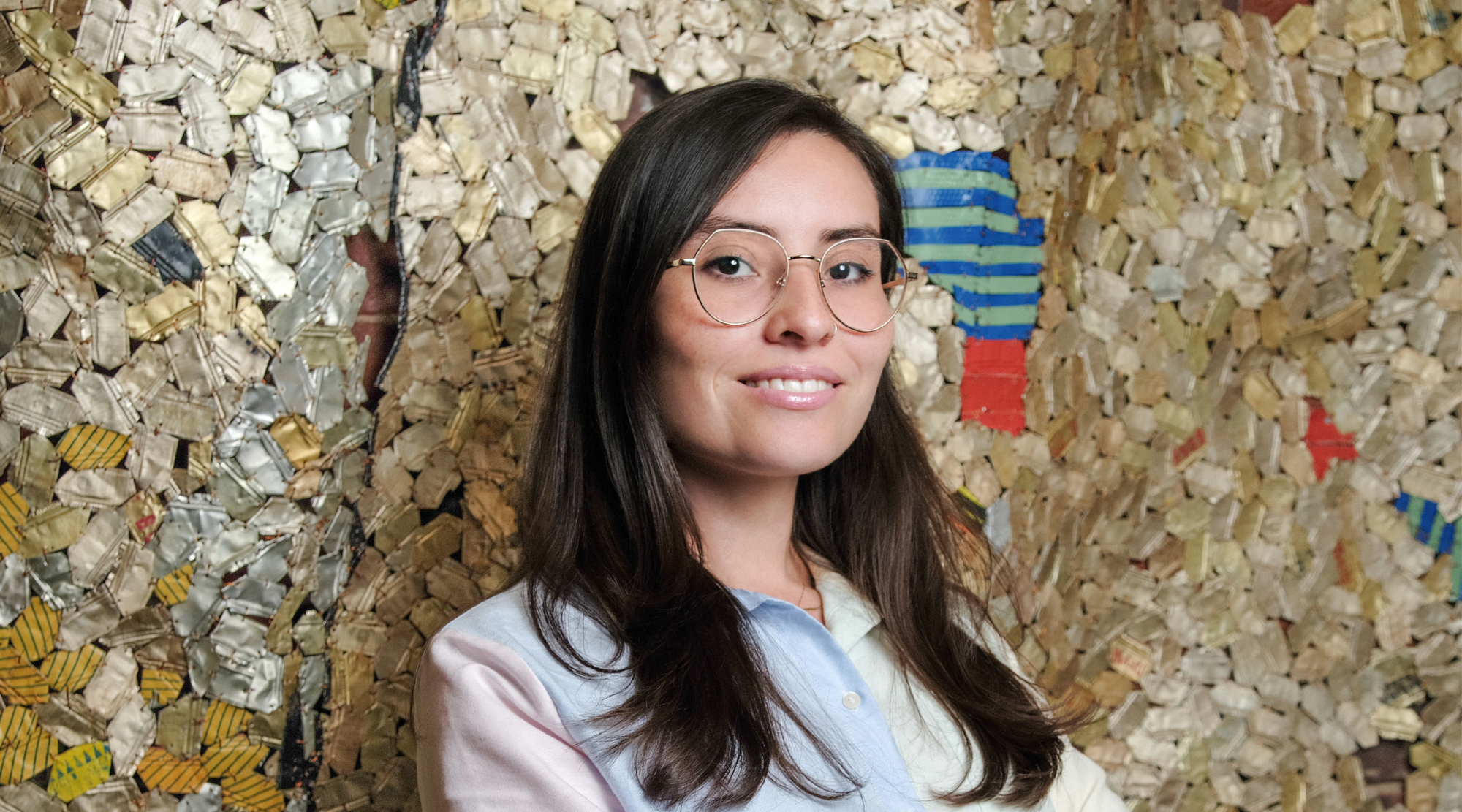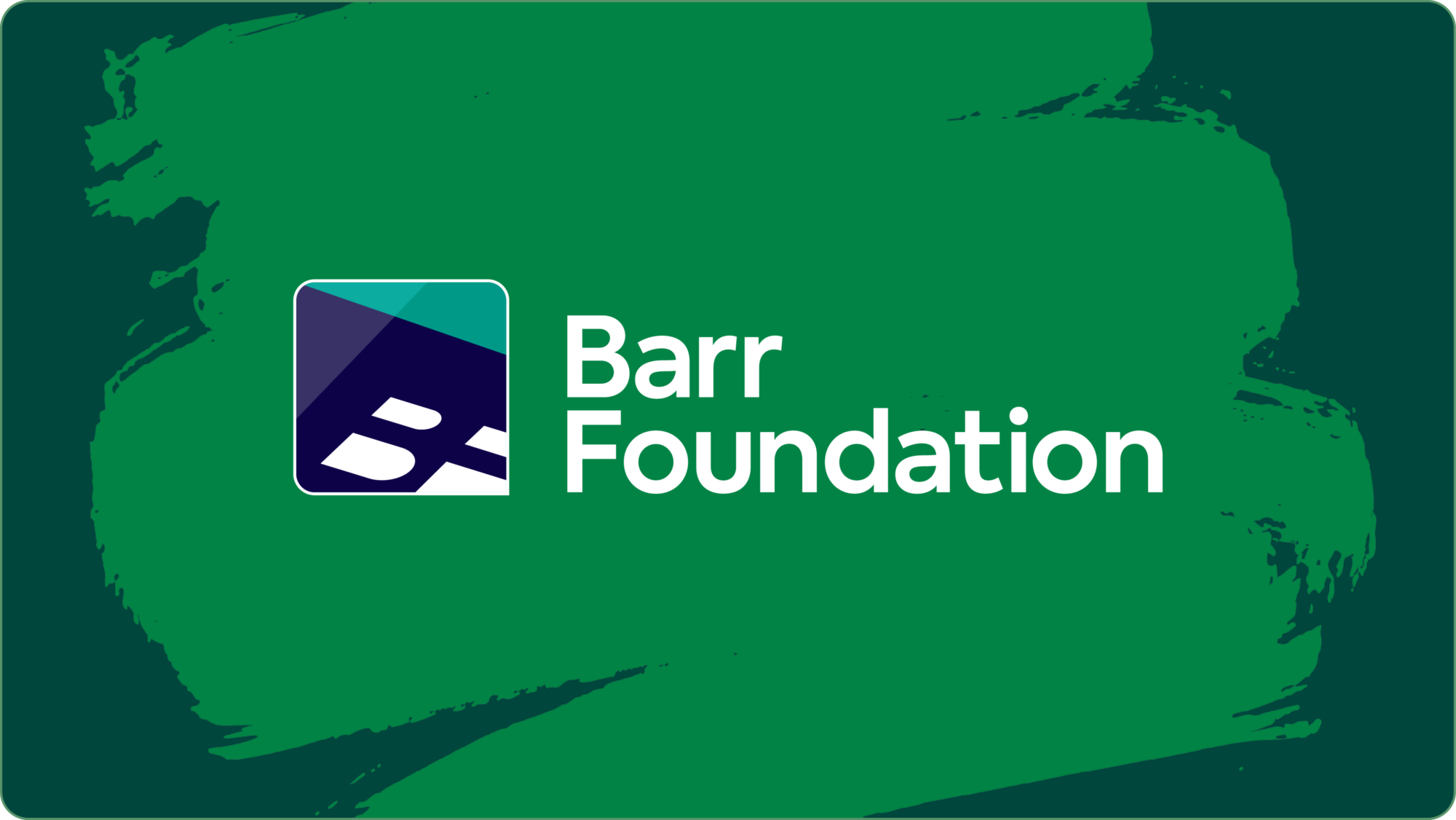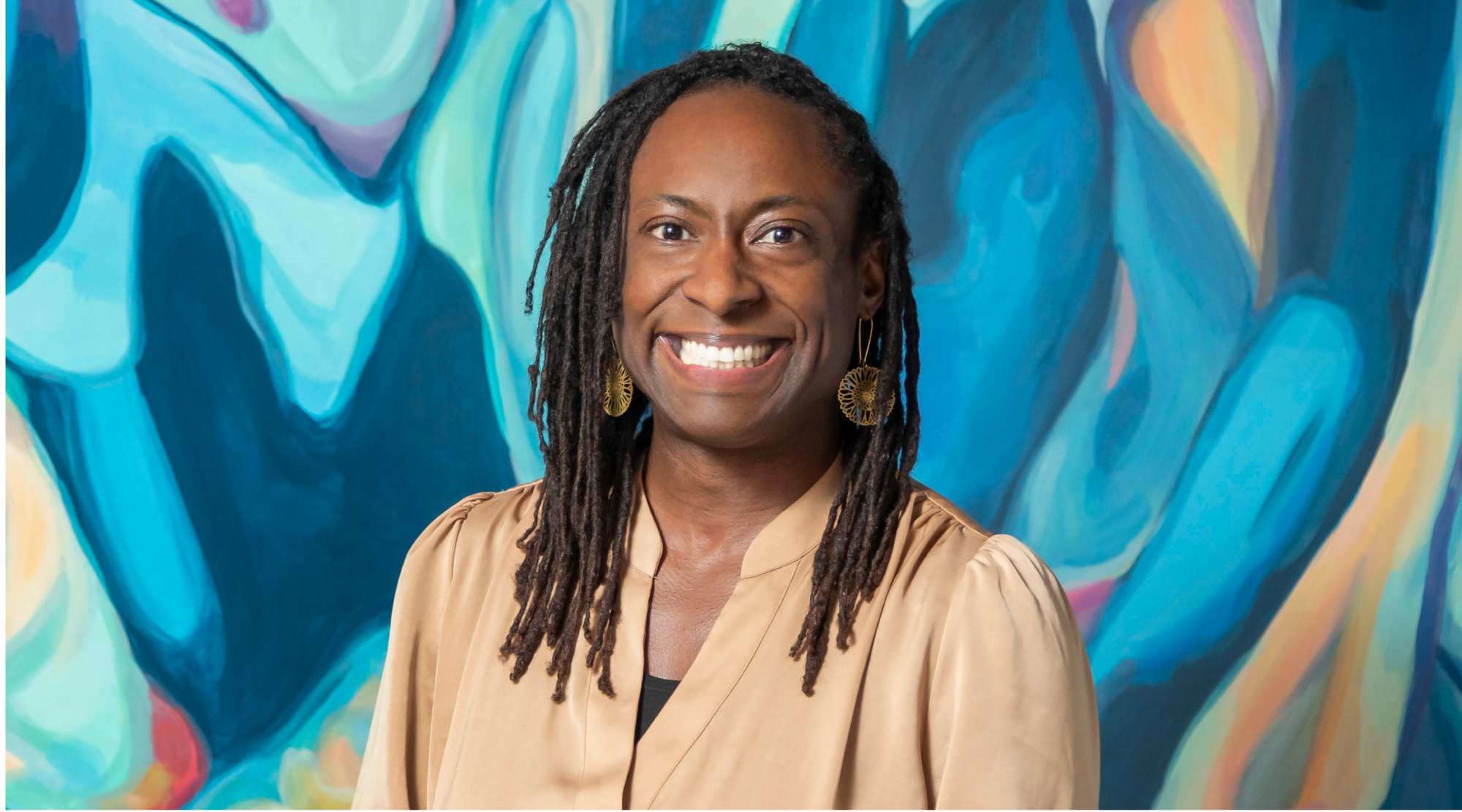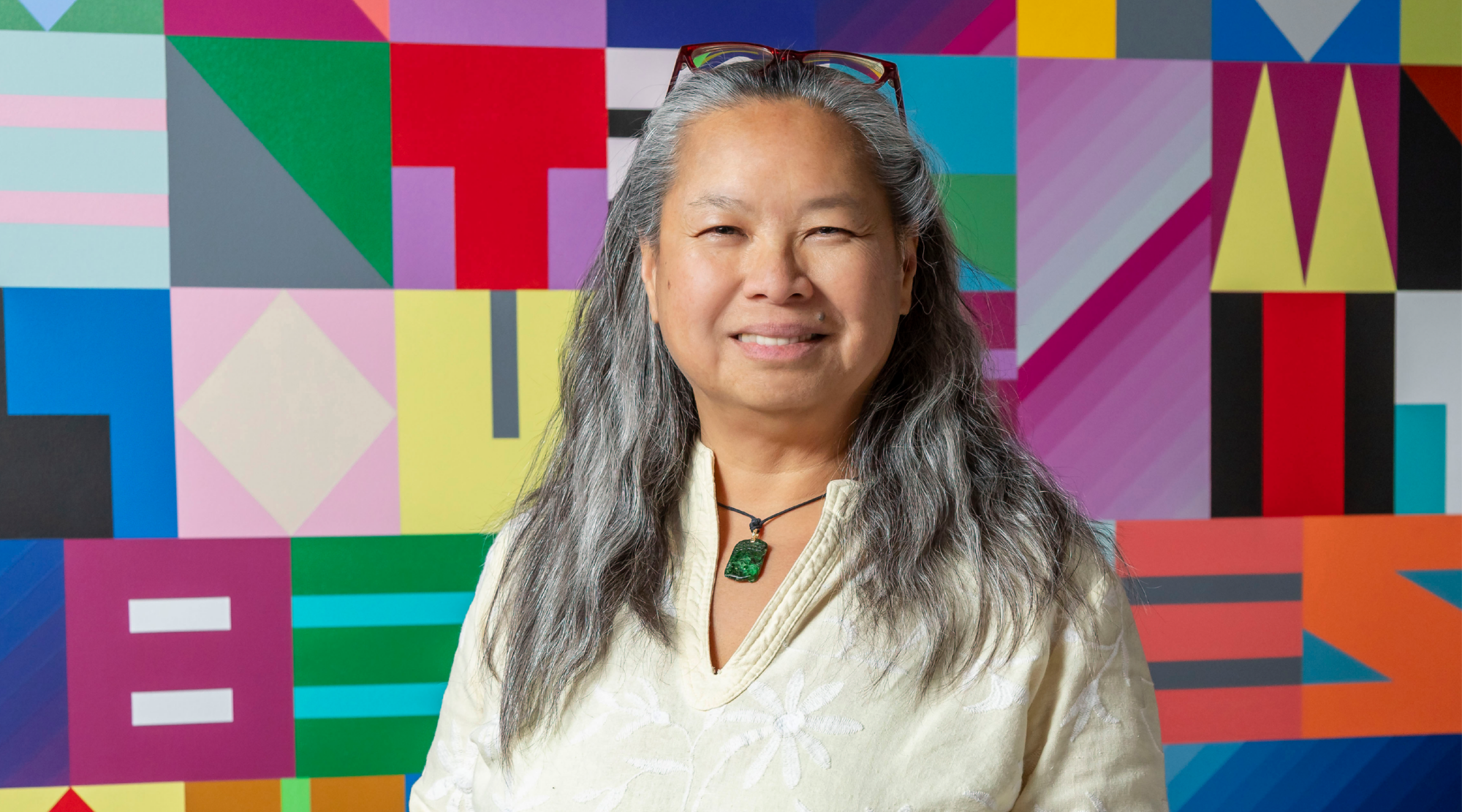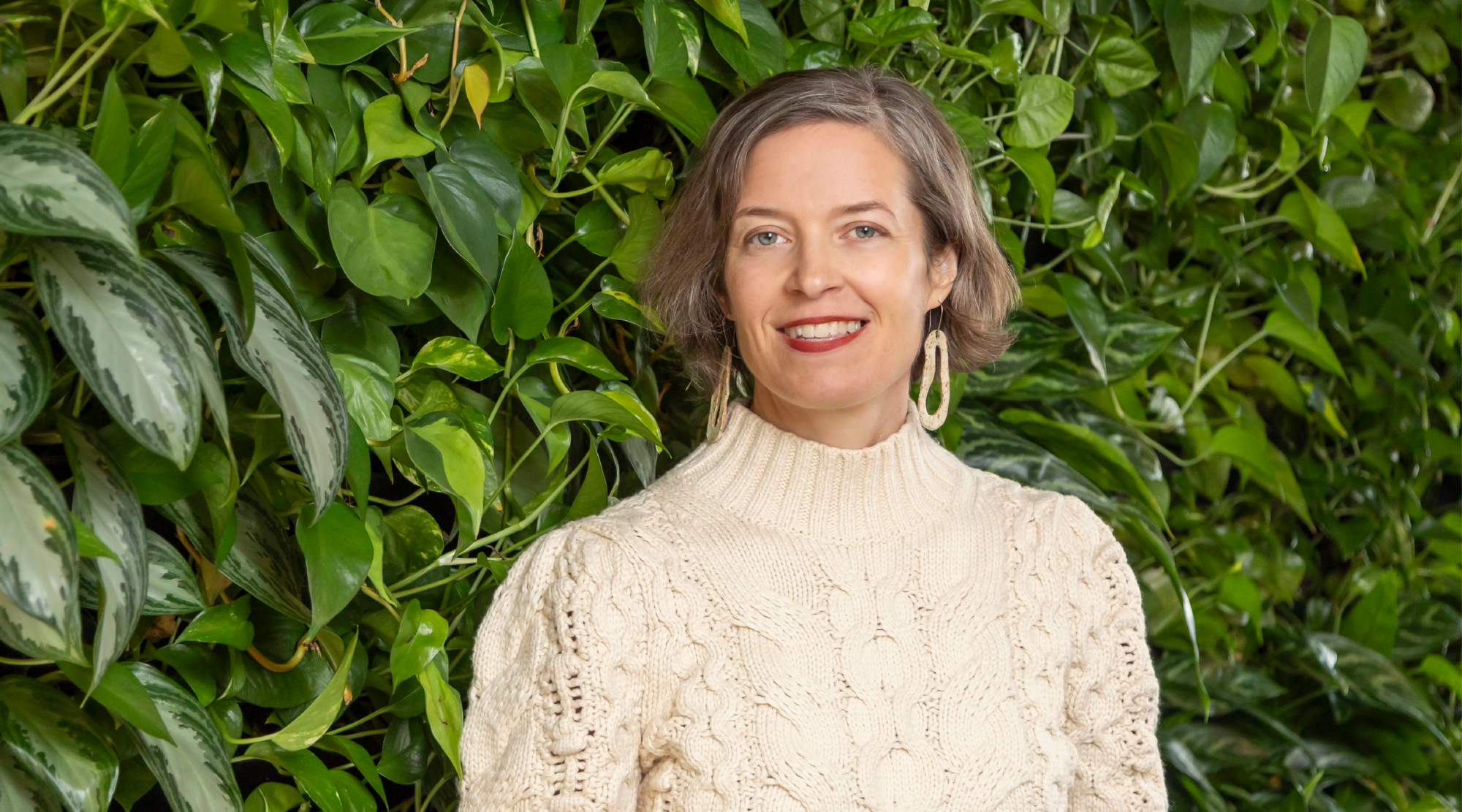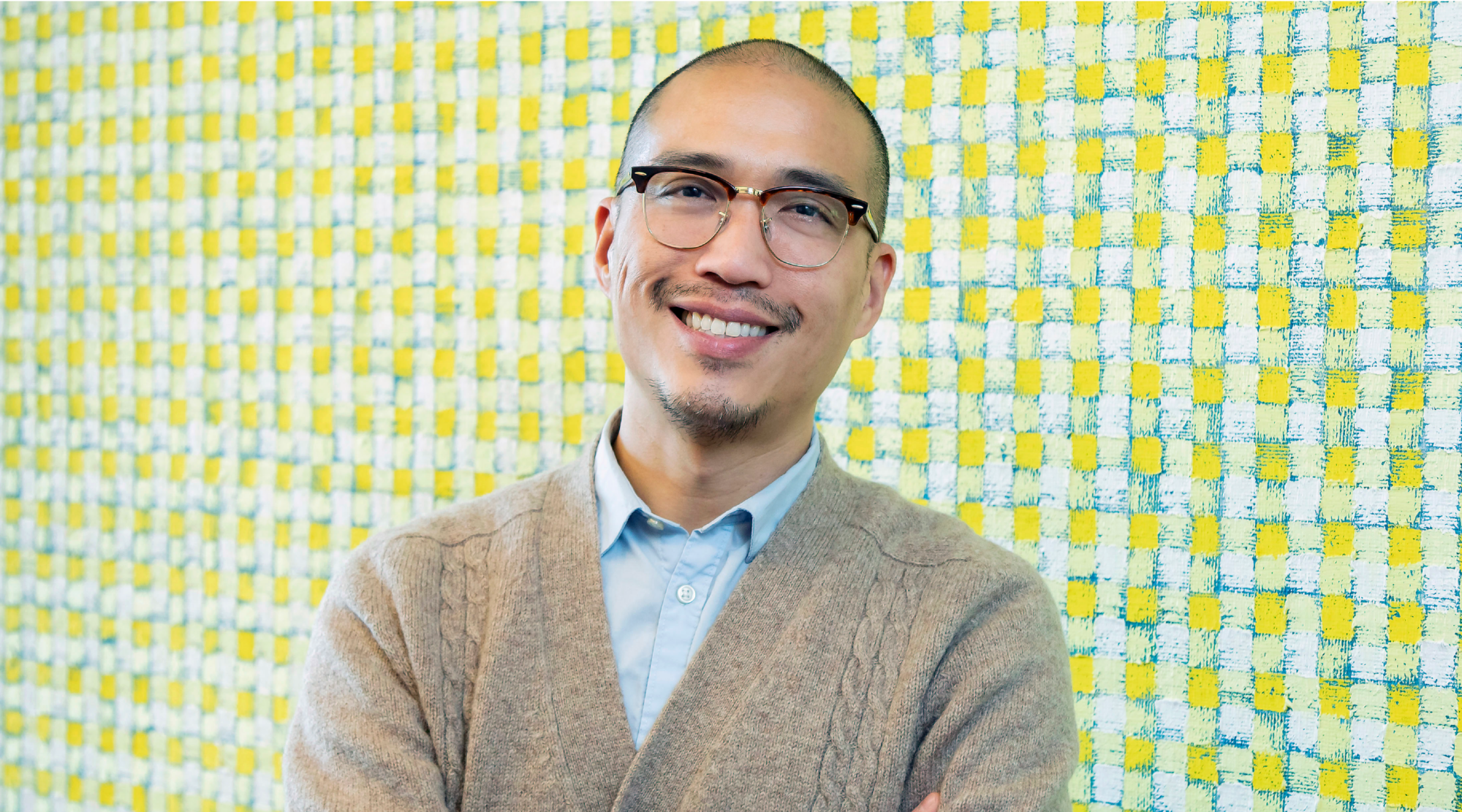
Arts + Creativity
Amplifying the power and possibilities of the arts
The arts are essential for just, vibrant, and thriving communities. The power of creativity is a force for transformation, creating vitality and amplifying the voices of those who are often unheard.
Arts organizations, artists, creative workers, culture bearers (those who practice, share, and teach cultural traditions and art forms) help us envision and realize a shared future of equity, inclusion, and belonging.
Barr’s Arts + Creativity program seeks to invest in bold ideas and leaders, driving toward a future in which the arts are a living, breathing force, constantly evolving and igniting our collective imagination.

RootsUprising, Cambridge Arts via Cambridge Community Foundation


Powerful art, bold leadership, and vibrant communities
Strategies
Learn about strategies within the Arts + Creativity program.
-
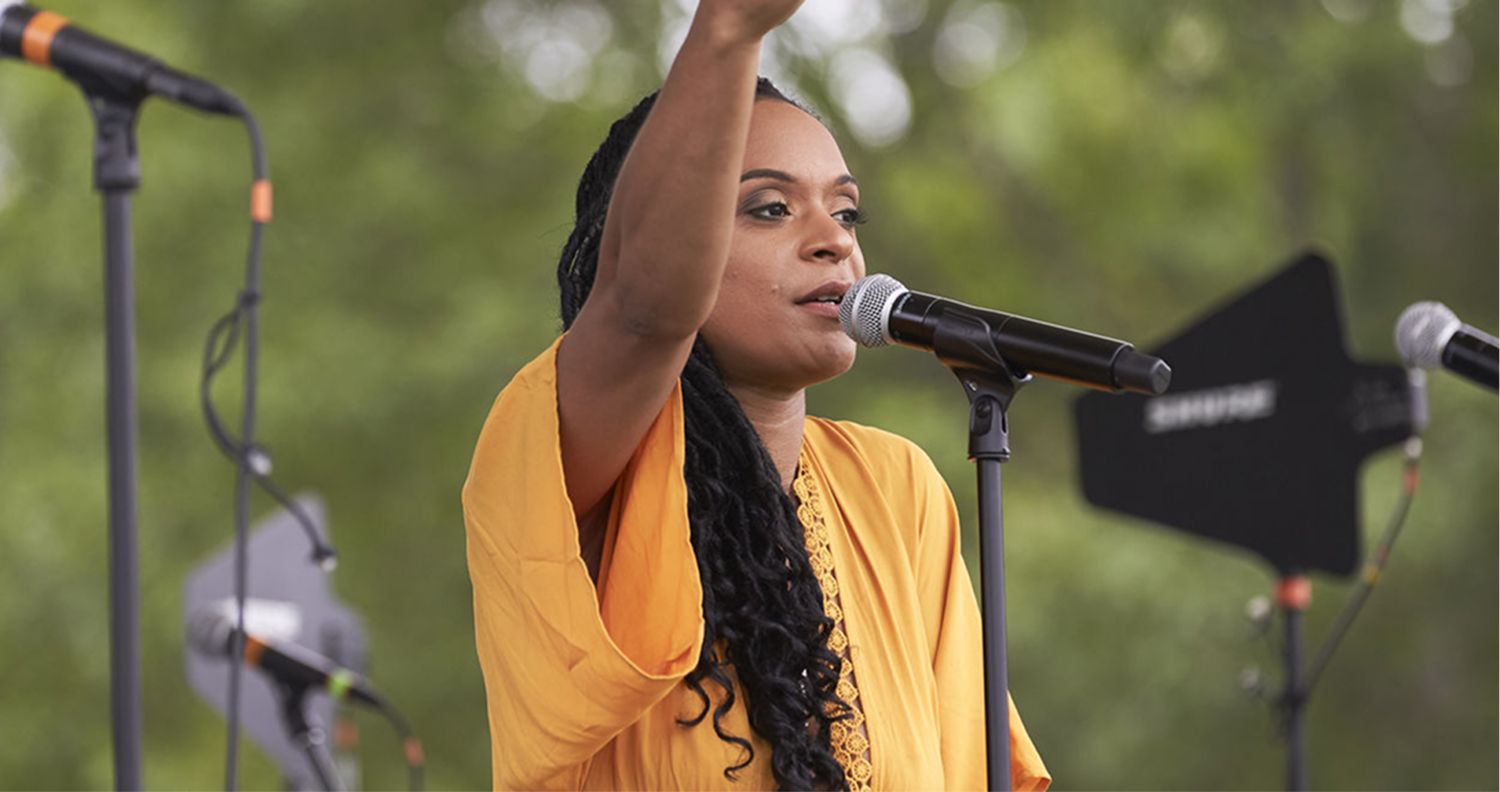
Elevating Arts Leadership
Elevating cultural organizations and artists as community leaders and anchors
Read More Read More -
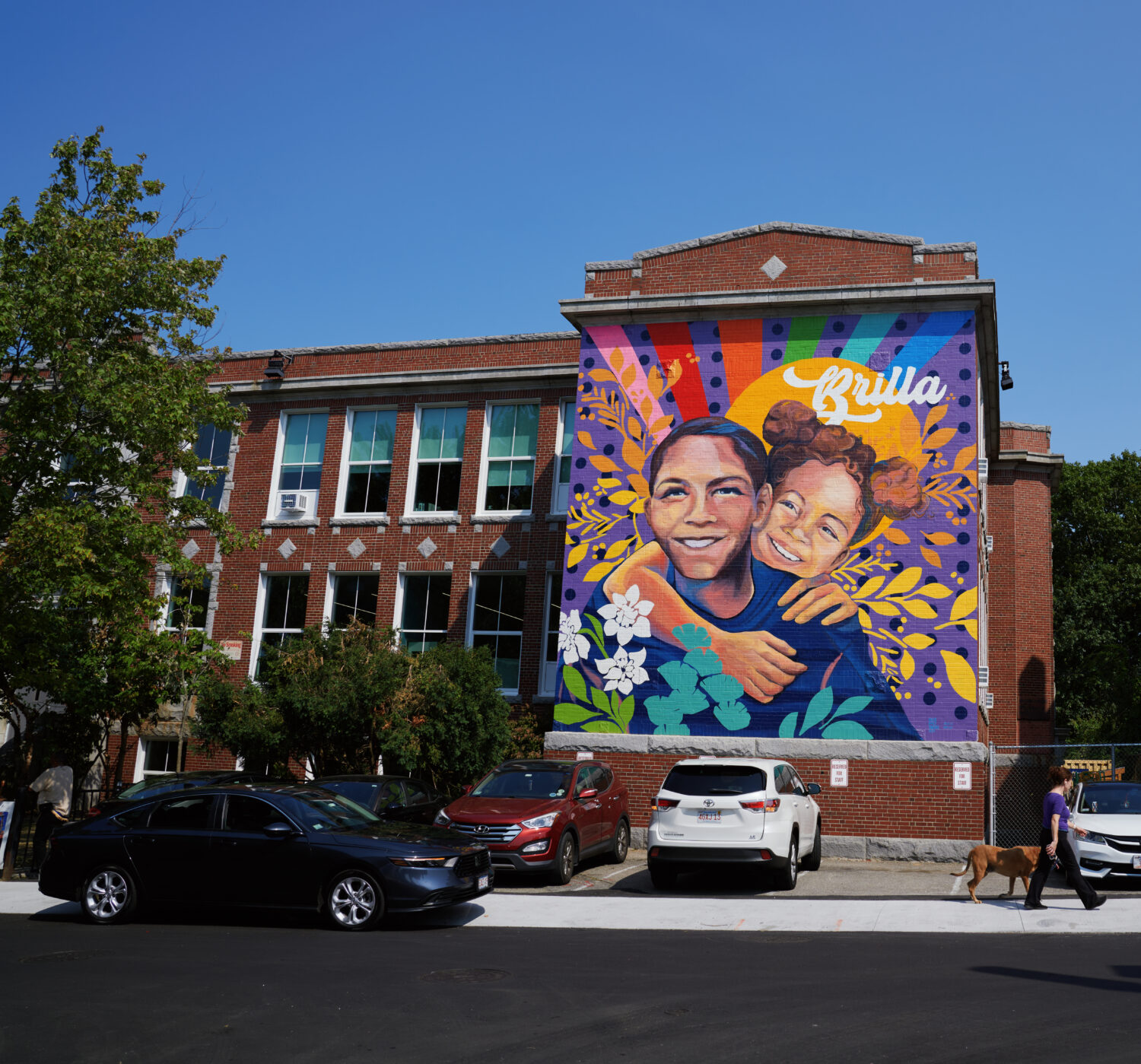
Cultivating Spaces of Belonging
Nurturing community by connecting people to creative spaces that welcome all
Read More Read More -
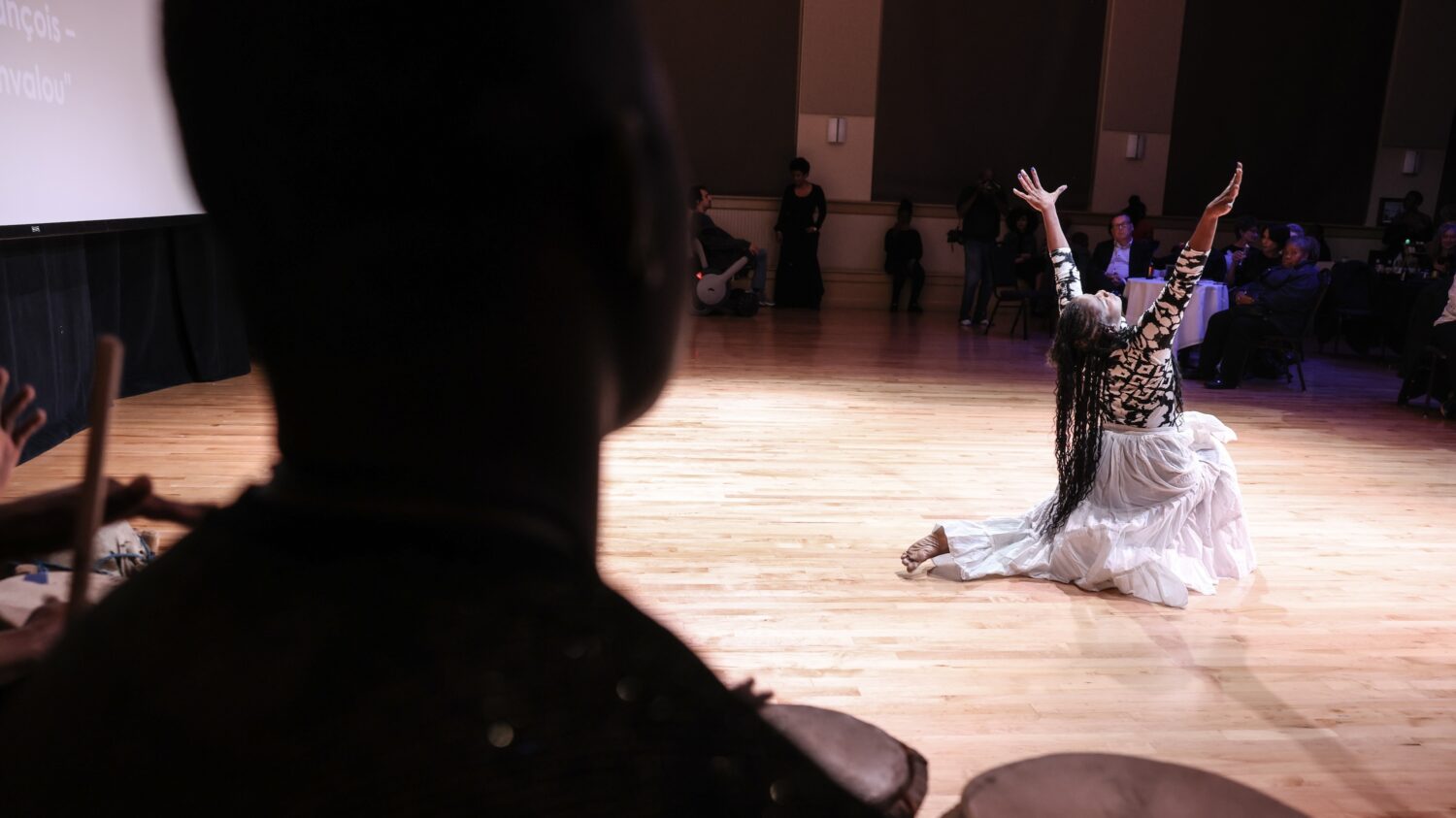
Advocating for the Arts
Advancing and constructing innovative cultural models and systems
Read More Read More
Recent Arts + Creativity Grants
Double Edge Theatre Productions, Inc.
To support a summit on arts, environment, and economic resilience at Double Edge in November 2025
- Award Date: 08/27/2025
- Amount: $50,000
- Term: 6 months
- Program:
- Strategy:
Celebrity Series of Boston
To support the program “We the People: A Celebration of Our Common Humanity”
- Award Date: 08/27/2025
- Amount: $100,000
- Term: 4 months
- Program:
- Strategy:
Design Studio for Social Intervention
To provide core support for the Design Studio for Social Intervention
- Award Date: 09/10/2025
- Amount: $1,235,000
- Term: 30 months
- Program:
- Strategy:
- Fiscal Sponsor: Third Sector New England, Inc.
Grantmaking Inquiries
During this time, we are not accepting inquiries for new grant proposals so that we can focus on supporting our current grantees.
Arts + Creativity Team
Arts + Creativity Insights
View all View all blog posts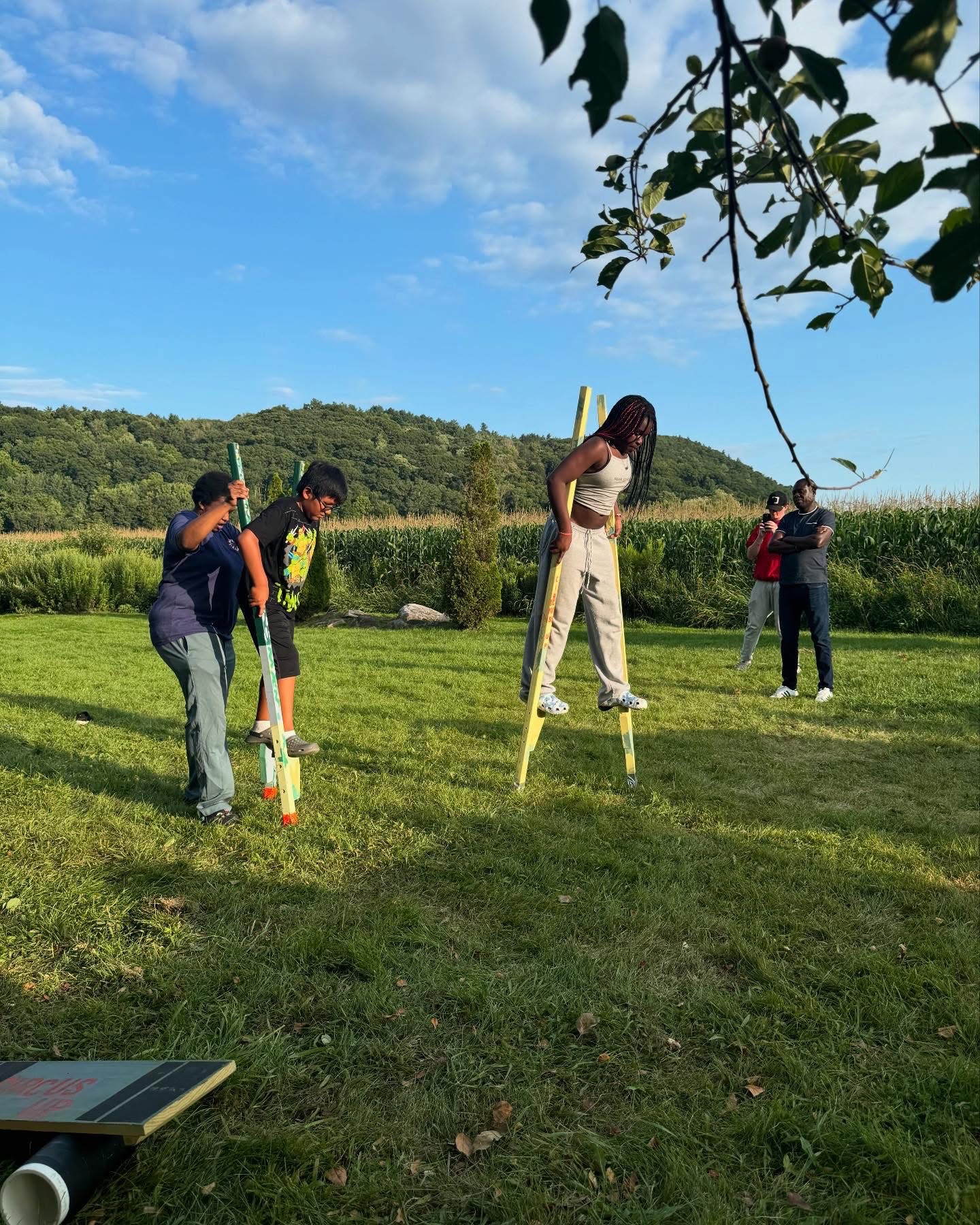
How Bridges are Built: A Conversation with Gwendolyn VanSant, CEO of Multicultural BRIDGE
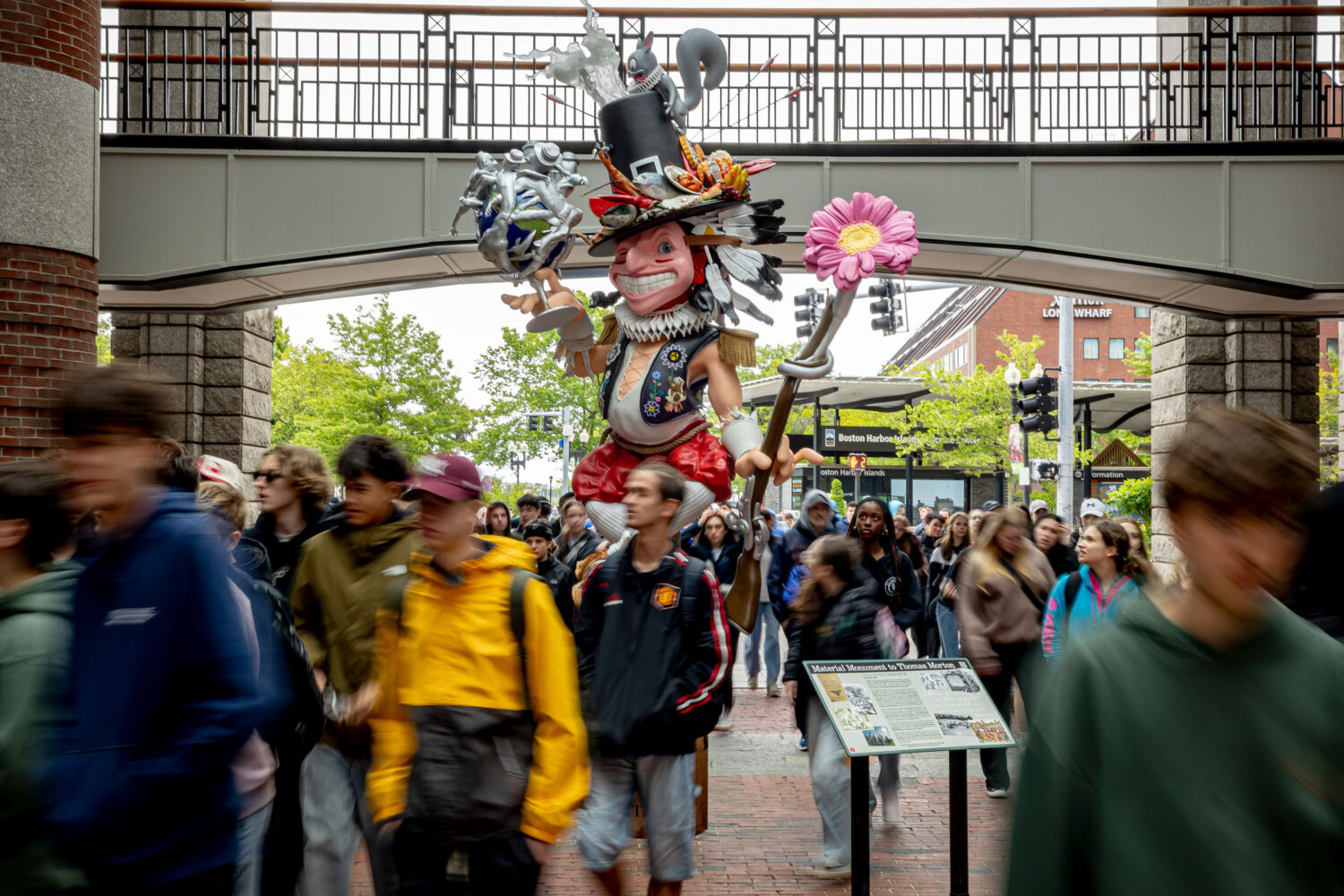
Announcing EPIX (Engage Public Imagination eXchange), a new initiative from the Arts + Creativity program

